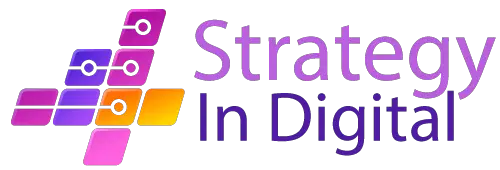If we were to encapsulate the essence of native advertising briefly, it can be defined as a form of advertising that seeks to generate user engagement rather than rejection. But let’s delve into a more detailed explanation to ensure complete clarity on the matter.
Native advertising revolves around creating actions and content that aim to provide added value, proving useful to users without imposing intrusive promotional responses such as pop-ups or interstitials. Instead of fostering distrust, native advertising establishes a connection with users by offering genuinely interesting content. By definition, it’s paid content that is inherently non-disruptive.
Imagine visiting a website with content that piques your interest, and suddenly, irrelevant product ads pop up on the screen in intrusive formats like interstitials. It disrupts your viewing experience, doesn’t it? Well, this is precisely the opposite of native advertising. Native ads offer content aligned with your interests, seamlessly guiding you to another webpage where a conversion is likely to occur. All of this happens without any intrusion.
Analyzing why this type of advertising is termed “native” requires understanding the relationship between the content and advertising of a digital platform. It aligns closely with what users want and expect, but without making them feel pressured or invaded.
Characteristics of Native Advertising
1. Integration with Editorial Style
Native advertising, by definition, respects and maintains the editorial style and format of the platform, seamlessly blending within the website’s content. It explicitly indicates that it’s promotional content.
2. Real Problem Solving
Effective native advertising addresses real problems. It wouldn’t make much sense to extol the benefits of a product without applying it to a genuine need; the user would lose interest. Initiating content by addressing a real issue, such as providing a solution to managing web hosting, makes more sense. Once the user is engaged, recommending your product becomes logical.
3. Useful and Valuable Content
The content must be useful and valuable, aligning with the rest of the website’s articles or content. It captures the user’s attention with relevant and valuable information, ensuring they remain comfortable and engaged.
4. Responsive Format
It’s crucial for native advertising to be adapted to a responsive format for effectiveness. With the prevalent use of mobile phones for information retrieval, ensuring that ads adapt to users’ devices is vital.
Types of Native Advertising
1. Open Native Advertising
This involves promoting your advertising on various platforms or websites with similar themes. Examples include recommendation content that appears on websites, redirecting users to other platforms with related information. An instance is the sponsored recommendation section on El País, guiding users to external sites.
Press releases and sponsored articles fall into this category as well. They provide valuable and high-quality information to readers while promoting a tool, service, or company related to the topic. Additionally, open native advertising includes search engine ads, allowing advertisers to highlight links in search engine result pages (SERPs) by paying.
Standard integrated ads also fall into this category. While they may resemble banners, they are strategically placed within articles or websites, accompanied by explanatory text. These ads serve as additional information, redirecting users to the advertiser’s website.
2. Closed Native Advertising
In this case, advertising integrates seamlessly into a specific website, aligning perfectly with its format and style. This form includes integrated ads within editorial content, appearing as sponsored links or blended into the content as another type of content. In some instances, the content may even be written by the site’s own editors, further integrating the advertising message.
By understanding the intricacies of native advertising, you unlock a powerful tool for engaging users effectively, providing valuable content, and seamlessly guiding them towards meaningful conversions. As we explore further, let’s uncover strategies for maximizing the impact of native advertising on your digital platform.








